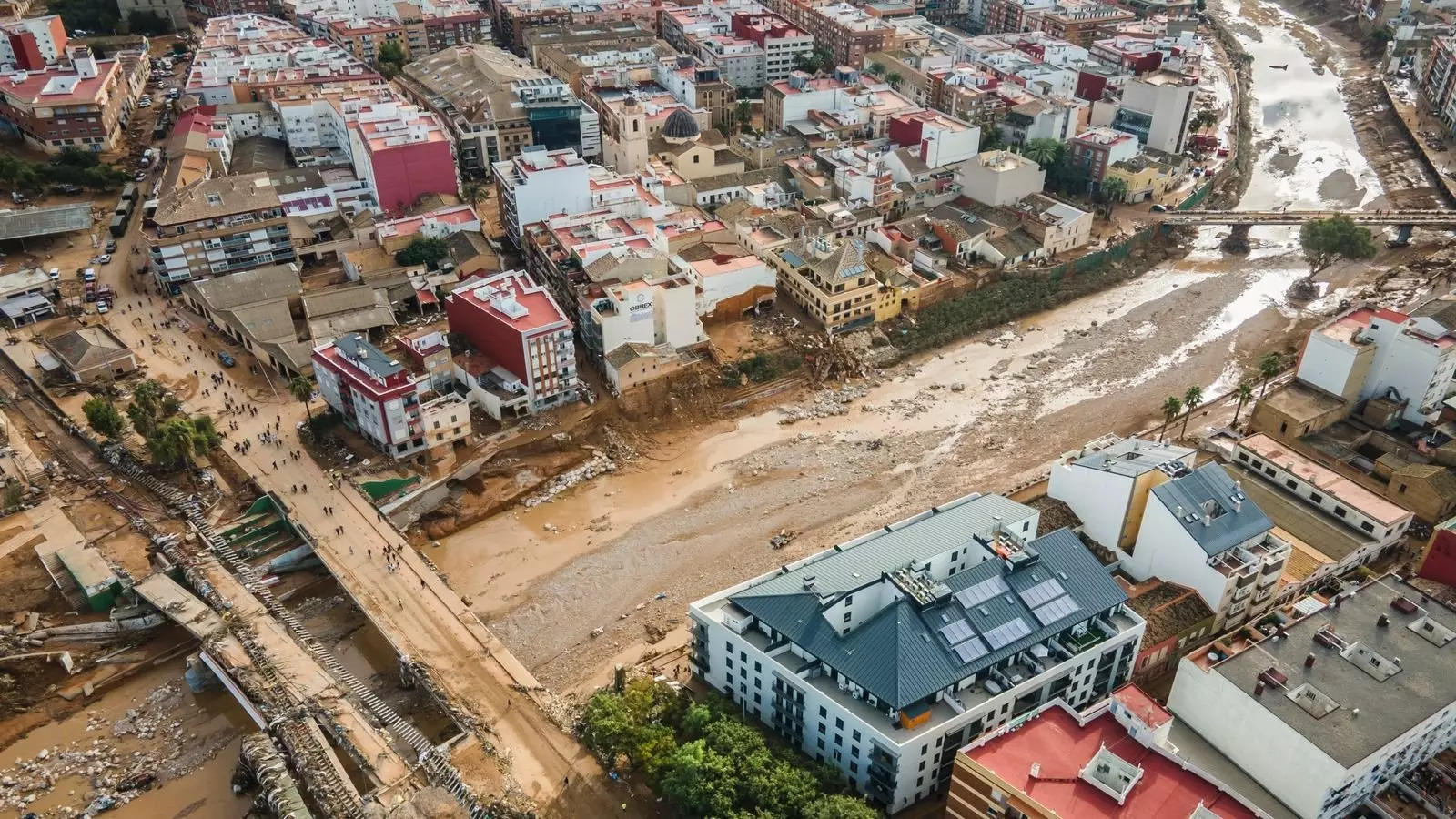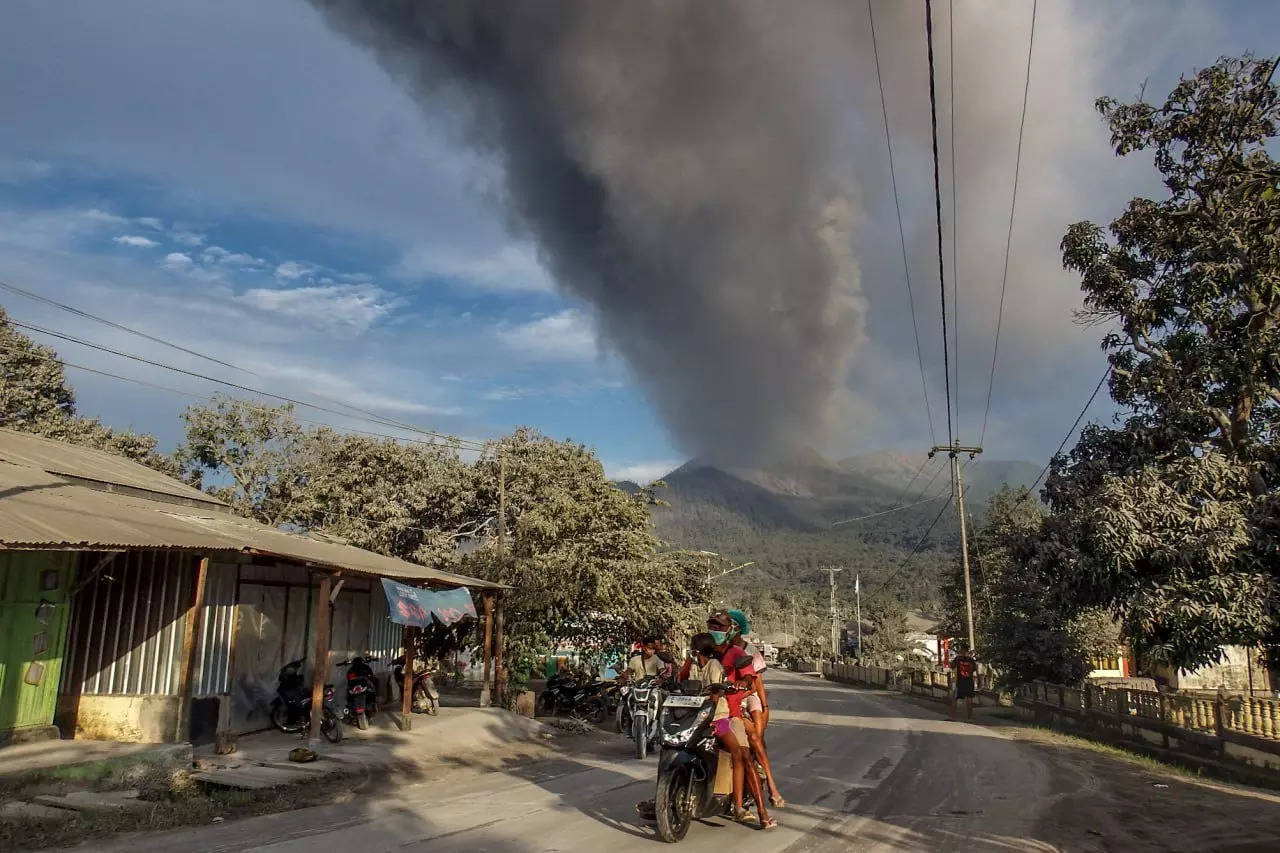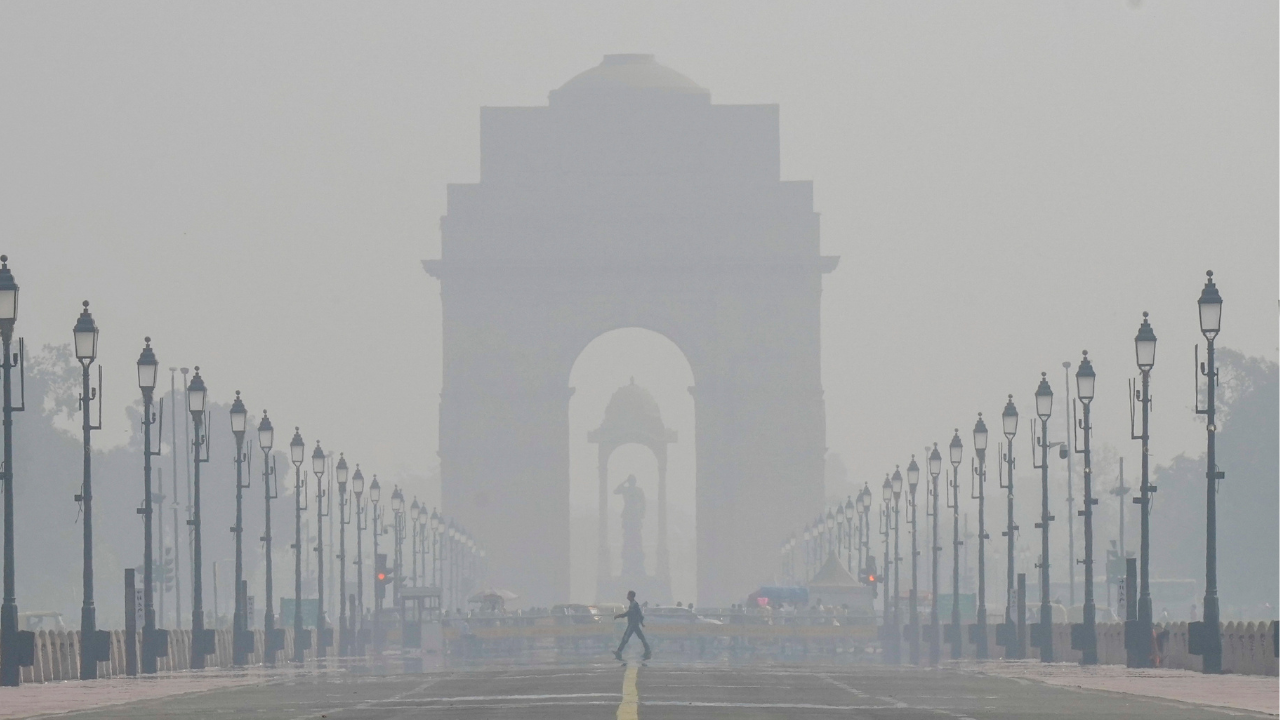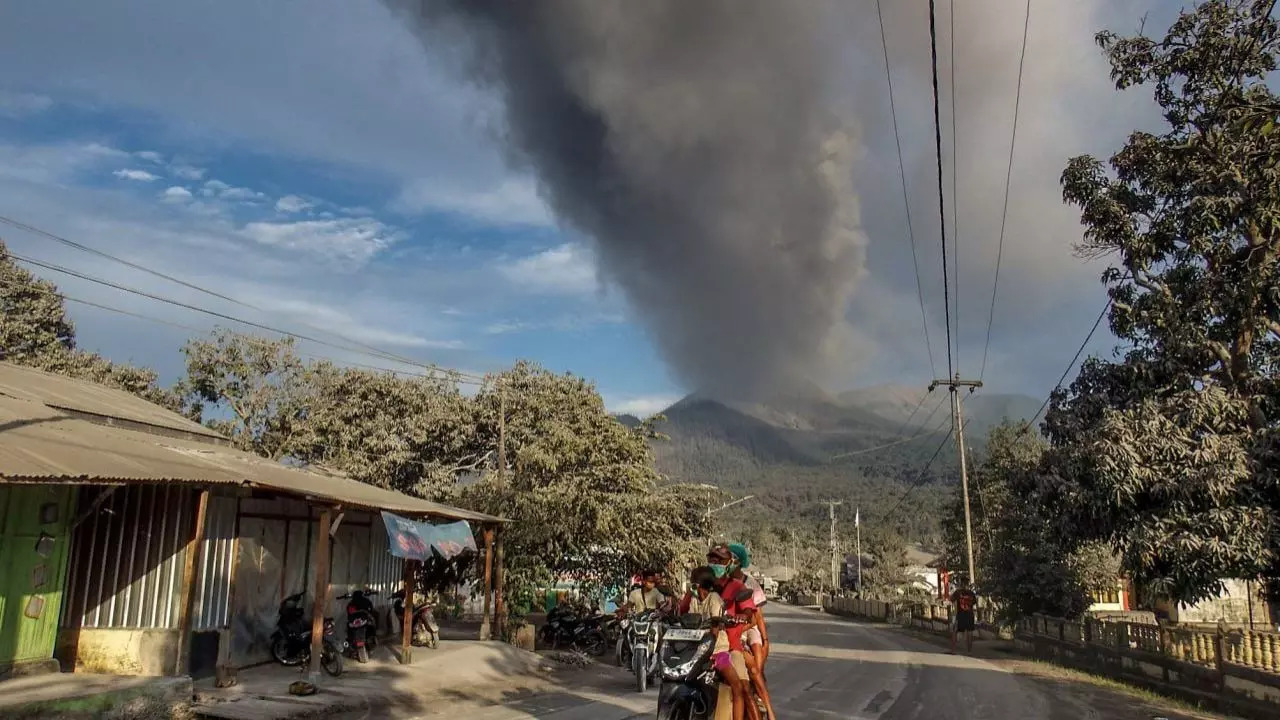Places You Should Avoid Visiting Right Now. Credit: X/@irene_makarenko
Travel Advisory 2024: If you are planning a spontaneous vacation, or prepping for an upcoming trip, here are a few destinations across the world that are facing natural calamities, making it hard for travellers to explore them.

Spain
New storms and flooding have hit Spain’s southern Malaga province. This disaster comes close at the heels of the floods in Valencia two weeks ago which killed more than 220 people and damaged thousands of homes. In Malaga, over 3000 people who stay near the Guadalhorce River have been moved from their homes and flood water has filled the streets. Additionally, some areas of Tarragona province have also been affected by heavy rain and are on red alert.

Flores island/Bali, Indonesia
Mount Lewotobi Laki Laki on Flores island, Indonesia, has been spewing ash since its major eruption on Nov. 4, which killed nine people and injured dozens. On Tuesday, it erupted 17 times, with the tallest ash plume reaching 9 kilometres (5.5 miles) high, according to the Center for Volcanology. The volcanic activity has disrupted flights at Bali’s I Gusti Ngurah Rai Airport, impacting 84 flights over the past four days, including 36 departures and 48 arrivals, according to airport manager Ahmad Syaugi Shahab. While flights have resumed for now, it is prudent to push your Bali plans by a few days.
South Africa
South Africa has declared a national disaster after severe floods and storms from Oct. 22 to 29 caused significant damage across several provinces, including Eastern Cape and KwaZulu-Natal. The declaration allows the government to allocate funds for relief efforts. According to the National Disaster Management Centre, the extreme weather damaged property, infrastructure, and disrupted services. At least 10 people died, and hundreds were displaced in the Eastern Cape alone, as reported by eNCA.

Photo : PTI
Delhi
Delhi’s Air Quality Index (AQI) has plunged to alarming levels, making the city’s air hazardous to breathe. With AQI readings frequently crossing the 400 mark in several areas, the dense smog has reduced visibility and poses severe health risks. The choking pollution, exacerbated by seasonal stubble burning, vehicle emissions, and industrial activities, has enveloped the city in a toxic haze. Residents are experiencing respiratory issues, eye irritation, and fatigue, with vulnerable groups like children and the elderly at higher risk.

